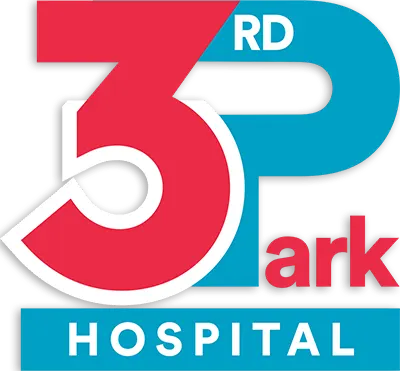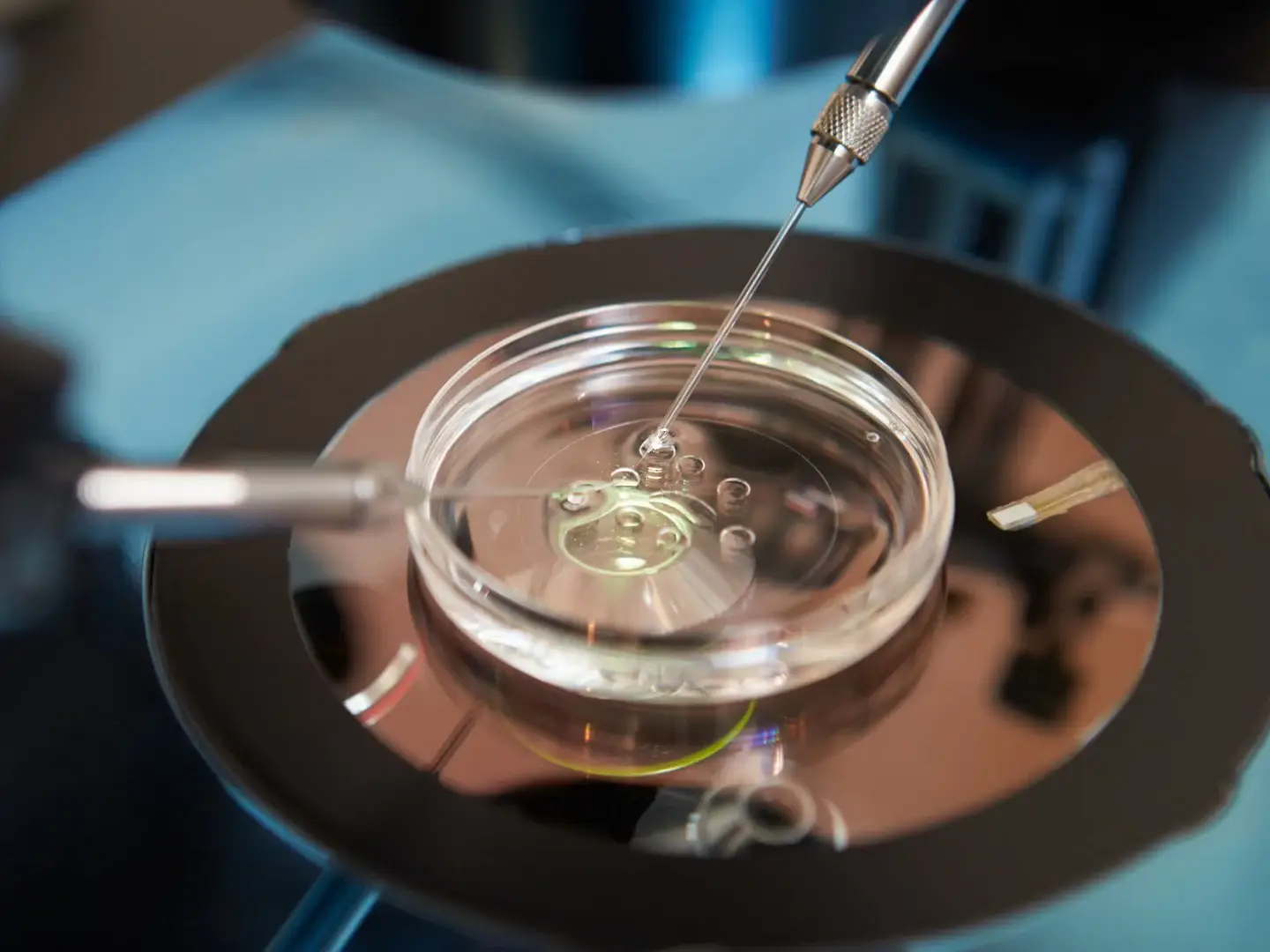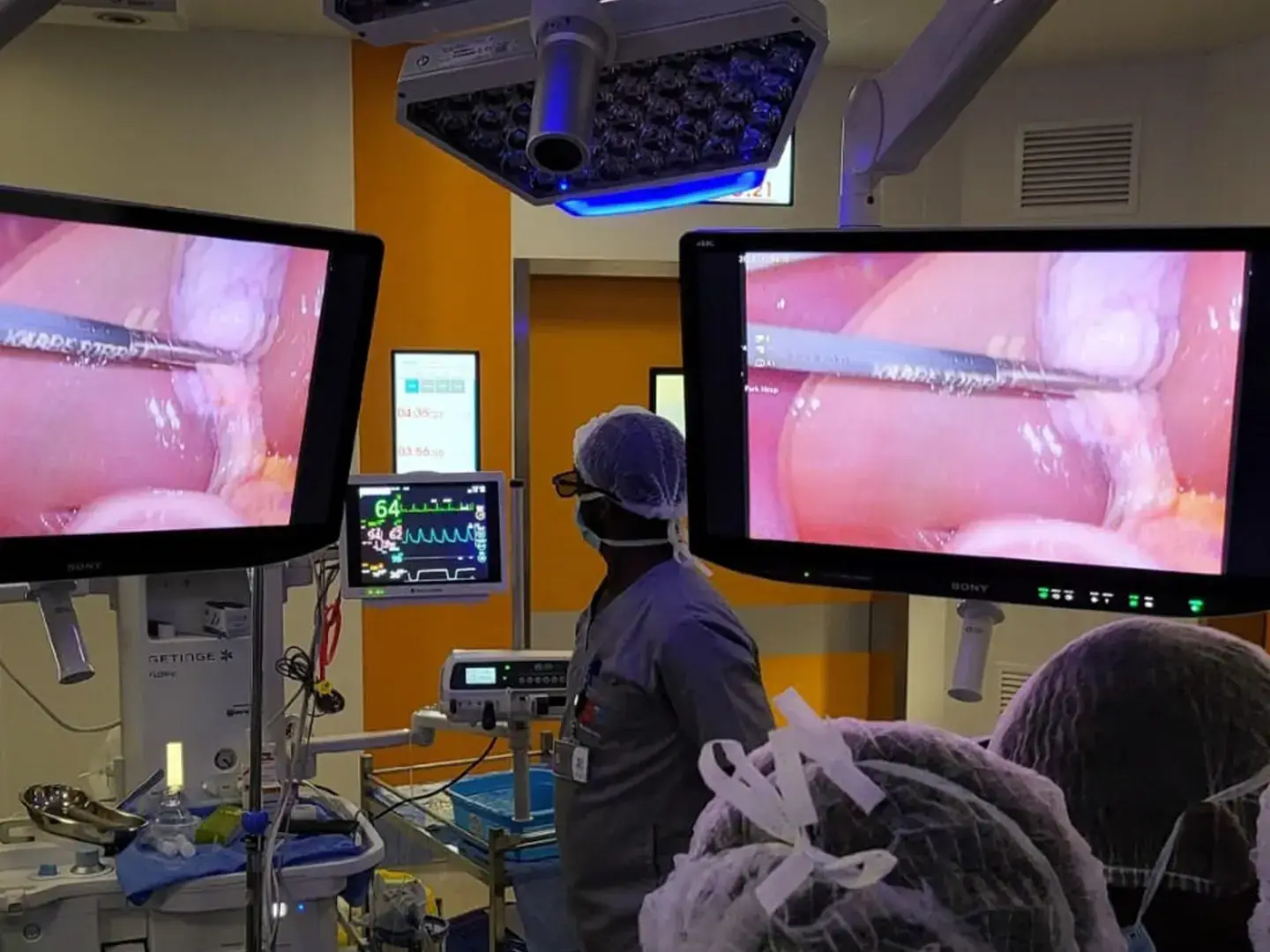What is Adenomyosis?
Adenomyosis is a chronic painful condition, with growth of the inner layer of the uterus (endometrium) in the thickness of the uterine wall (myometrium).
What are adenomyosis causes?
Experts aren’t exactly sure what causes adenomyosis, but risk factors may include:
- Age: Most women with adenomyosis are in their later childbearing years, between 35 and 50. The major symptoms of adenomyosis reduce after menopause.
- Childbirth: Many women with adenomyosis have given birth to more than one child. Endometrial tissue could invade the myometrium when an embryo implants in the uterine wall. However, more research is needed to confirm this.
- Previous surgeries: Studies suggest that prior uterine surgeries, such as caesarean section or dilation and curettage (D&C), could make adenomyosis more likely. Research is ongoing about this risk factor.
Adenomyosis diagnosis
The diagnosis of adenomyosis was until recently done after hysterectomy and histopathological examination of the uterus. Now, with the help of adenomyosis ultrasound and MRI, the diagnosis (suspicion of the diagnosis) can be made without surgery.
The clinical examination reveals an enlarged uterus, painful to the palpation. Pelvic ultrasound based on some ultrasound signs that may raise suspicion of adenomyosis; however, it should exclude other gynecological pathologies – most commonly uterine fibroids.
Adenomyosis treatment options in Kenya
As a non-surgical adenomyosis treatment option, there are a variety of prescription drugs for adenomyosis / to reduce the pain and heavy bleeding. Oral contraceptives, various progesterone preparations and the use of slowrelease uterine progesterone devices can be used as well.
Surgical adenomyosis treatment for focal adenomyosis / adenomyoma is deep laparoscopic excision of the affected tissue. A great advantage of this technique is that the gynecologist can resect the affected tissue and preserve fertility, especially when fertility is desired.
Hysterectomy is considered a radical intervention and is indicated as the last option in patients with diffuse adenomyosis. This should not be done for patients with endometriosis and adenomyosis suspicion, nor for patients with focal adenomyosis/adenomyoma or in patients stil desiring fertility.
Another surgical adenomyosis treatment option for diffuse adenomyosis, in patients with severe pelvic pain and hysterectomy, can be done, is the laparoscopic resection of the presacral nerve.
Adenomyosis Symptoms
- Enlarged uterus.
- Feeling of abdominal bloating, fullness or heaviness.
- Heavy bleeding during periods (menorrhagia).
- Pain during sex (dyspareunia).
- Pelvic pain.
- Severe cramps during periods (dysmenorrhea).
Specialized Medical Services in Kenya
Explore our services
Gastroenterology and Endoscopic Procedures
Our gastroenterology services cover a range of conditions affecting the digestive system. We offer…
Orthopaedic Surgeries and Joint Replacements
We offer a the whole spectrum of orthopaedic surgeries at our private hospital in Nairobi.
Blood Transfusion Services
We have a competent team and blood bank services to handle the needs of our patients requiring…
Total Laparoscopic Hysterectomy
Total Laparoscopic Hysterectomy (TLH) in Kenya is a minimally invasive gynecological surgical…
Laparoscopy
Laparoscopy is a minimally invasive procedure. Laparoscopies are used to diagnose medical…
Infertility and IVF with PGS
We can help you make dreams of parenthood become a reality. Our state-of-the-art fertility facility…
General Surgery
General Surgery includes a core knowledge of anatomy, physiology, metabolism, immunology,…
Bariatric Surgery
Bariatric Surgery in Kenya, also referred to as weight loss surgery, is a category of surgical…
Uterine Fibroids
Uterine Fibroids (also called Leiomyomas or Myomas) are a common type of noncancerous (benign)…









